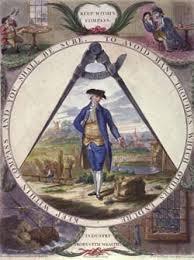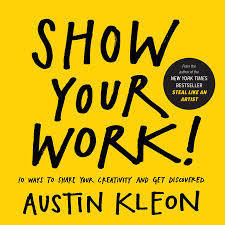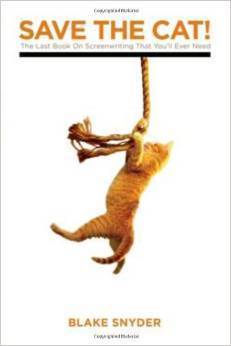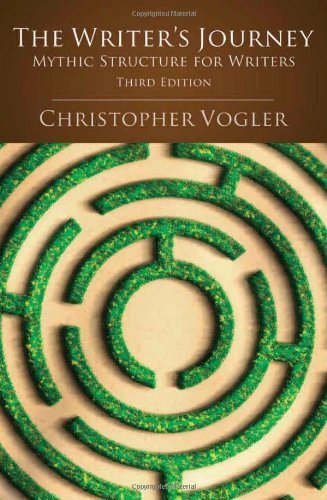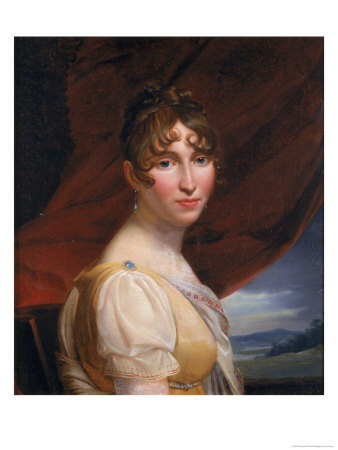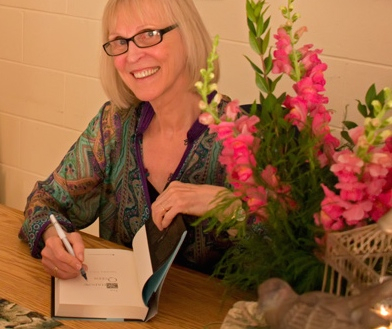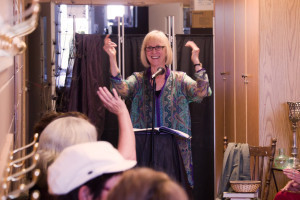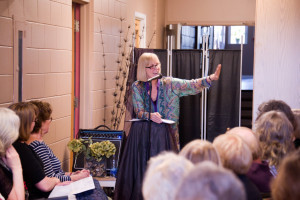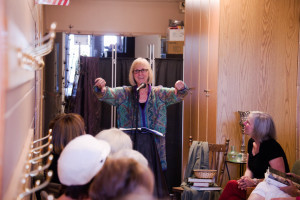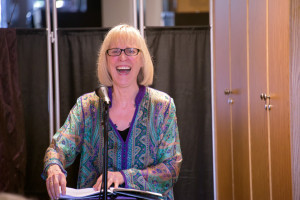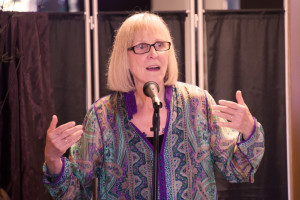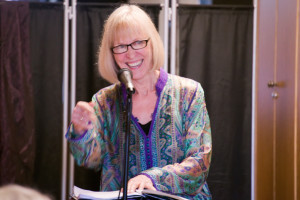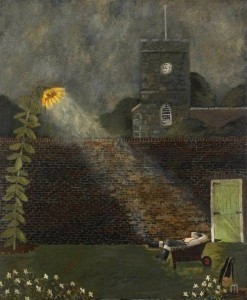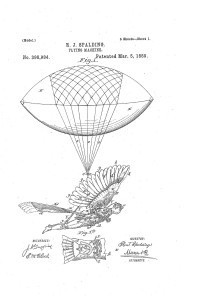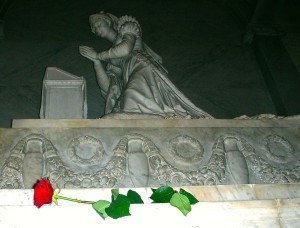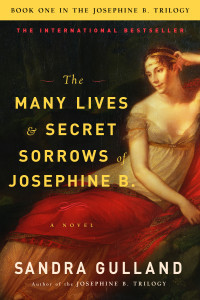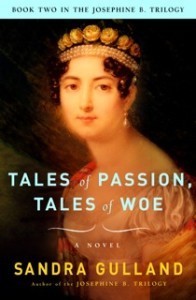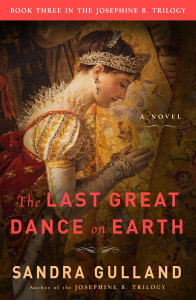Sandra Gulland's Blog, page 16
July 27, 2014
25 Rules of (in)Civility: a guide to bad behaviour
George Washington studied Rules of Civility & Decent Behaviour based on a work by French Jesuits in 1595. In showing what people should not do, I find such guides helpful in defining bad behaviour. For example, based on these rules, you would:
1) be disrespectful,
2) put your hands on some private part of your body,
3) sing to yourself with a humming noise,
4) drum with your fingers or feet,
5) cough, sneeze, sigh or yawn,
6) fall asleep when others are talking,
7) spit into the fire,
8) gnaw your nails,
9) bedew someone’s face with your spittle,
10) kill fleas or lice ticks in company,
11) turn your back to someone who is speaking,
12) puff up your cheeks or loll out your tongue,
13) read letters, books or papers without asking leave,
14) laugh too loud and too much at a public spectacle,
15) look men of quality full in the face,
16) run in the streets with your mouth open,
17) ask someone how they came to have a blemish,
18) laugh in the presence of a superior,
19) scratch, spit, cough and blow your nose at table,
20) use your greasy knife to take salt or cut bread,
21) blow on your hot broth,
22) spit out the stones of a fruit pie onto your plate,
23) throw something under the table,
24) drink and talk with your mouth full,
25) clean your teeth with a table cloth napkin, fork or knife.
Number 9 is especially annoying, don’t you think? And don’t you just love the word “bedew”?
July 25, 2014
The cat sat on … the dog’s mat
I’ve not been blogging very much, mostly because I’m crashing through a 3rd draft of The Game of Hope, the working title of the first YA about Hortense de Beauharnais.
But I’ve also been slow to blog because WordPress.org has been suddenly problematic, requiring me to insert (horror!) code before publishing a post. For a code nerd, it would be nothing—but for me it’s a pain. Fingers crossed that the next upgrade of WordPress will solve the problem.
But for now, I’m just dropping by to post a quote I liked in a wonderful book: Show Your Work! by Austin Kleon. I’m going to be passing it on to friends in my book club. I recommend it!
Here’s something else worth noting, re. structure (credit to Emma Coats, formerly at Pixar):
Once upon a time, there was _____.
Every day, _____.
One day, _____.
Because of that, _____.
Because of that, _____.
Until finally, _____.
And so, in the spirt of sharing/showing my work, I finished making the changes to draft 3.1.1 today and have printed it out. I love seeing that big stack. Tomorrow morning, I’ll begin to read it through. I’m already trying to talk myself into not getting too picky. I want to skim for flow, identify the problematic sections and write a new chapter or two. But “picky” is my middle name, so that might be a problem.
I got the draft cover for the paperback edition of The Shadow Queen: I like it!
Here’s the quote:
“The cat sat on a mat” is not a story. “The cat sat on the dog’s mat” is a story. —John le Carré
July 22, 2014
How does my writing process work? The 4th and final question on the Writers’ Blog Tour
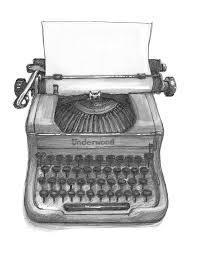
I explained in an earlier post what the Writers’ Blog Tour is about. Basically, writers answer the same four questions:
How does my writing process work?
I’ve answered first three questions (click links above), and so, for today, here’s the final one:
How does my writing process work?
Ah, process: that’s what it’s all about, and frankly, the process itself is always in process. Here’s what mine is now:
Researching, I make a basic timeline of events. (For details on my research process, click here.)
Using these facts, and creating events as needed, I work for some time on a scene-by-scene plot, which usually ends up on index cards. I consider this stage the imaginative first draft.
Note: Of late I’ve been a fan of the outlining structure set out in Blake Snyder’s Save the Cat: the last book on screenwriting you’ll ever need. It’s short and to-the-point.
Then I have a close look at the characters: what is each character’s role in the story? Who is a mentor? Who is a villain? For this analysis I am heavily influenced by Christopher Vogler’s The Writer’s Journey: Mythic Structure for Writers.
And then, of course, I revise the plot, and then go back to the research, and revise again. Etc. etc. etc.
And then I write the first draft. I set a goal of 1000 or 1500 words a day (less on holidays), clock in with a word count, add the 1000 or 1500, and clock out when that word count is met. At that point I can do whatever I want— revise, research, email—so long as I’ve met my commitment for the day, every day.
This process is very much a crash race to the words, “The End.” Forward momentum is everything. I think of Anne Lamott’s mantra: “I am responsible for quantity; God is responsible for quality.” I’ve found that the scene-by-scene plan is very reassuring, although I often wander off course.
And then it’s revise, revise, revise, which takes years. I like Ariel Gore‘s description of the process as shampoo and rinse, shampoo and rinse. In other words, fatten, then trim. Over and over.
I rarely go back and look at the plot, although I probably should. The story deepens in surprising ways; research, which is on-going, sparks both inspiration and despair (when what is discovered ruins the plot!). At some point, immersion is necessary, I find … in fact, that’s where I am now with the Young Adult novel I’m writing, and hence I’ve been a bit slow to post this last question.
I was invited to join the tour by the wonderful literary writer, teacher, coach and editor Merilyn Simonds.
And now, in turn, I’ve invited Lauren B. Davis (author of Our Daily Bread, The Empty Room, for starters) and Catherine McKenzie (author of Forgotten, Hidden, Spin) to come on board. I’m very much looking forward to reading how these two writers answer the questions.
Each writer tagged to join the Tour posts answers to the same four questions on their blog. They might post answers all at once, or one at a time, whatever suits. They also provide links to the posts of writers who came before.
Be sure to read some of these links to the posts of writers who came before.
July 12, 2014
How does my work differ from other work in its genre? Question #3 in the Writers’ Blog Tour
I explained in an earlier post what the Writers’ Blog Tour is about. Basically, writers answer the same four questions:
How does my work differ from other work in its genre?
How does my writing process work?
I’ve answered the first and second questions this week, and so, for today, here’s the third:
How does my work differ from other work in its genre?
This is an interesting question.
In one respect I am clearly different from my fellow historical fiction writers: I’m slow. But that isn’t the thrust of the question.
I aspire to write literary historical fiction, simply because that’s what I love best to read, but I’m also committed to writing fiction that’s accessible and compelling. (I hope.) My “voice” is perhaps more simple than that of most writers of historical fiction. I’m a fan of plain speaking and try to pare my work down. I’d like to be witty, but I don’t have that kind of brain. I think that my novels are just a little comic, and I tend to go light on political and military history. I am much more interested in daily life, specifically the lives of women.
The next and last question on the Tour is a big one: How does my writing process work?
Once up, I’ll hand the baton to Lauren B. Davis (author of Our Daily Bread and The Empty Room, for starters) and Catherine McKenzie (author of Forgotten, Hidden, and Spin).
I’m enjoying this Tour. Be sure to check out other author posts.
July 11, 2014
“What am I working on?” Question #2 in the Writers’ Blog Tour
I explained in my last post what the Writers’ Blog Tour is about. Basically, writers answer the same four questions:
What am I working on?
How does my work differ from other work in its genre?
How does my writing process work?
I answered the first question yesterday, and so, for today, here’s the second:
What am I working on?
I’m back in the Napoleonic era after more than a decade away, writing about Josephine Bonaparte’s daughter Hortense. It’s a familiar world, but it’s also quite new to me, because this is a Young Adult novel. I’m finding it creatively stimulating to be tackling a new genre.
The novel is written from Hortense’s point-of-view during her teen years, and is therefore an entirely different perspective from that of her mother, who is the point-of-view character of my Josephine B. Trilogy.
Delving back into a once-very-familiar world has been an interesting—and pleasant—experience. The late 18th century feels so modern compared to the 17th! (The setting for my last two novels.)
Having previously immersed myself in the Napoleonic era for near-on two decades, one would think I wouldn’t have to do very much research. Wrong! There are new books and studies available, and there’s a ton more information on line. Although I have quite a leg-up (a 556-page timeline—single space, small type—for starters, and stacks and stacks of files), there is no such thing as no need to research. In any case, how can one resist?
For a rich exploration of the answers given by other writers to this and other questions, be sure to check out the links here.
Tomorrow: How does my work differ from other work in its genre? This, as you can imagine, is a thought-provoking question!
July 10, 2014
“Why do I write what I do?” Question #1 on the Writers’ Blog Tour
Have you heard of the Writers’ Blog Tour? (Goggle it, and you’ll see all the various writers on the Tour.)
Each writer tagged to join the Tour posts answers to the same four questions on their blog. They might post answers all at once, or one at a time, whatever suits. They also provide links to the posts of writers who came before.
I was invited to join the tour by the wonderful literary writer, teacher, coach and editor Merilyn Simonds. (If you are working on a novel, consider a one-on-one immersion with Merilyn for a week in sunny San Miguel de Allende this coming winter.)
Merilyn’s answers to the questions on the Writers’ Blog Tour are deliciously inspiring. I especially related to this:
I am a slow writer. Perhaps not slow in crafting words and sentences but slow in worming my way to the heart of the story …
Which is exactly what takes me so long.
In turn, I’ve invited Lauren B. Davis (author of Our Daily Bread, The Empty Room, for starters) and Catherine McKenzie (author of Forgotten, Hidden, Spin) to come on board. I’m looking forward to reading how these two writers answer the questions.
Lauren and Catherine will each invite two writers to join the Tour … who will then in turn invite two writers. Writer power! All the writers will—if possible—post to Facebook and Tweet. (A Twitter hash tag is #writersblogtour.)
The four questions are intriguing:
Why do I write what I do?
What am I working on?
How does my work differ from other work in its genre?
How does my writing process work?
I’m going begin with the first:
Why do I write what I do?
I’m hopeless at plot, so I originally thought that by writing historical fiction I’d sidestep all that. Ha! If anything, crafting plot from facts is even more challenging—but it’s a challenge I’ve come to enjoy. I enjoy the puzzle of research, and I find working within the constraints of the historical record irresistible.
In a writing summer workshop I took in my very early days at the Humber School for Writers, taught by the venerable Margaret Atwood, she said, of my work, “You are attracted to other worlds.” And I am. Exploring other worlds is an adventure. I especially love the vocabulary of the lost. Everything is a discovery: imagining a world without reliable clocks, a world without refrigeration, a corner store, telephones.
So: why do I write what I do? Because there are fascinating stories to explore, and there is nothing more otherworldly than the past.
June 21, 2014
Waving arms madly and giving lots away: how to have fun giving a reading
Most of Thursday I prepared for a talk/reading in support of the Killaloe Public Library in my home town. I knew that many there would be friends and family, so I wanted it to be special.
Several times, I paused my talk to give out door prizes. This was so much fun, I’m a convert!
Doug De La Matter took some great shots! (I have more of them up on Flickr.)
Apparently I’m a bit expressive. ;-)
June 12, 2014
The charm of voting in a rural community
It was voting day today. My husband and I went at 5:30, both of us unsure where we would put our mark (as no doubt many in Ontario felt).
It was a 1-minute drive to the parish hall. The “officiates,” an older woman and a young back-to-the-land sort, were just coming in from a break. We were the only ones in the big room. “Do you know John Gulland?” the young man asked. “Yes, he’s my brother,” Richard said. “He was in earlier,” we were told.
“Do you count?” I asked (meaning the ballots), and he said, “Yes, since I was four,” and we all laughed. Five more voters arrived as we were leaving, two of them good friends.
I remembered going to this same hall with our son, newly old enough to vote. He’s in his thirties now, so this was some time ago. The officiates, two women, made a fuss over him. “Chet’s old enough to vote!”
I wonder how Chet remembers that day, wonder if he thinks of it as wonderfully small-town charming. I also remember seeing a bear cross the road on the way home. It was one of those memorable days.
About the image: I’m sorry, but I don’t know who the artist is. For some inexplicable reason, it feels like it suits. Haunting, isn’t it?
June 8, 2014
I’ll have a “Cup of Work” please—writing on the road plus research treasure hunts
Richard and I just returned home after a week on the road touring Montreal, Quebec City and the Eastern Townships. Quebec is such a beautiful province! We ate so well, I didn’t want to leave. (Not that we don’t eat very well at home: Richard is a wonderful cook.)
A new goal for me is to write every day, even when on holiday, so I’ve developed what I call a “Cup of Work” each morning. With my morning coffee, I put headphones on, tune in to classical, and write. (Or, as is the case right now, revise.) This way we can travel more, and I can still meet my deadlines—but most of all, I love the feel of this routine.
This morning, I finished the revisions to draft 3.0 of The Game of Hope (working title). I could now print it out and begin draft 3.1, but I think I should make a few more changes. Before we left, I put out a request for research help on the H-France chat group (a large group of historians of French history), and already I’ve had some great responses.
I’ve been meaning to post the highlights of my tour—that will come.
A delicious historical diversion: Retronaut.com, a repository of historical images.
I’ve begun reading Kate Atkinson’s Life After Life: brilliant. I usually have five or so books on the go at a time (I’m an ADD reader), but this novel deserves my full attention.
May 29, 2014
Celebrating Josephine
Today—Thursday, June 24th—is the bicentennial anniversary of Josephine’s death, 200 years ago.
Special exhibits have been shown in Paris, and there will be a very special event at Malmaison, no doubt.
In the past, Malmaison has marked this day with a concert of classical music in the Music room. I was told by the former curator that invariably, a sudden chill would sweep through the room—Josephine’s spirit, he was convinced, for it happened every time, in spite of the summer heat. This is one time that I ache to be there.
All this week, I’ve been posting to a new Pinterest board I created for the occasion: “Celebrating Josephine.”
In honour of the bicentennial, Touchstone (of Simone & Schuster)— the U.S. publisher of the Josephine B. Trilogy—has designed new covers for the ebook editions.
I’m thrilled! I love these new designs.

